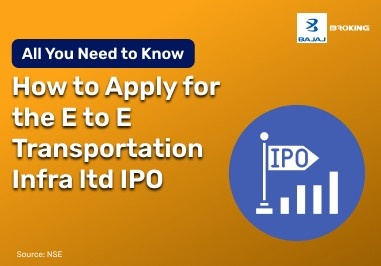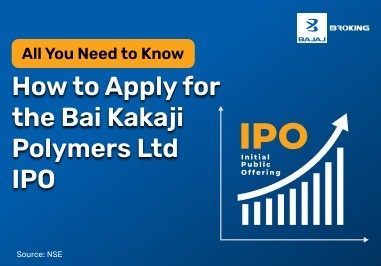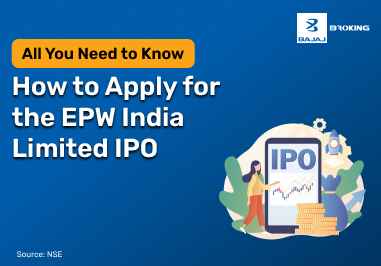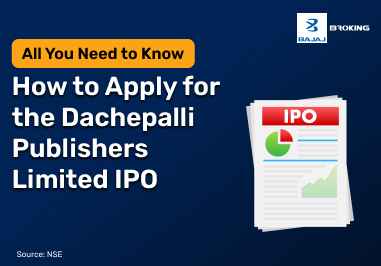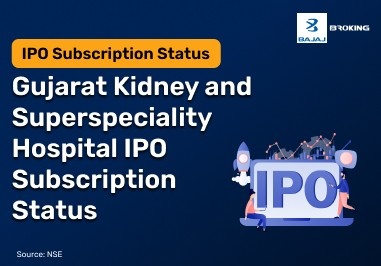About IndusInd Bank
Explore the founding journey, core mission, and long-term vision that define IndusInd Bank’s identity:
History
Srichand P. Hinduja and the Indian diaspora established IndusInd Bank in 1994. The bank was named after the Indus Valley Civilisation, a metaphor for innovation and strong trade practices. The bank expanded its operations annually and provided banking services as per high-quality industry standards.
(Source: IndusInd Bank Website)
Industry and Sector
IndusInd Bank is a financial services business, specifically banking. It is classified in Division 64, Code 64191, which is banking services. It focuses on offering specialised banking solutions to various diverse industries through its sector knowledge and specialised business verticals.
Key Business Areas
IndusInd Bank offers a diverse range of financial products, including microfinance, personal loans, car loans, credit cards, and SME lending. It has experience with customised solutions to corporate, government, and finance industry clients through a combination of product diversification and sectoral experience. Its diversified loan book demonstrates its expertise in livelihood lending and liability franchise strength.
IndusInd Bank – Key Highlights
Discover the key operational highlights and broader impact of IndusInd Bank across financial services:
Mission & Vision
IndusInd Bank wishes to be valued, respected, and trusted for social, environmental, and financial performance. Its mission focuses on value-added banking, stakeholder value creation, and sustainable economic growth that has a positive impact on customers, employees, and wider society.
Milestones and Achievements
IndusInd Bank was celebrating its 30th anniversary in December 2024, three decades of banking excellence. Some of its major milestones included having 1,000 branches and introducing pioneering products such as the Duo Card. The bank won many awards for workplace safety and digital payment systems excellence.
Recent Developments or News
In May 2025, IndusInd Bank entered into an MoU for a special purpose vehicle and unit for enabling India's startup ecosystem.
Financial Overview of IndusInd Bank
Gain clarity on IndusInd Bank’s financial framework with a focused summary of its recent fiscal performance:
Revenue and Profit Trends
In Q4 FY24, IndusInd Bank reported a net interest income of ₹5,376 crore, up 15% from the corresponding quarter last year. Quarterly net profit at ₹2,349 crore, up 15% over the corresponding quarter last year.
(Source: IndusInd Bank Financial Report Q4 FY2024)
Key Financial Ratios
As of March 31, 2024, IndusInd Bank's major financial ratios were Net Interest Margin (NIM) of 4.26%, Gross NPA of 1.92%, Net NPA of 0.57%, Provision Coverage Ratio (PCR) of 71%, and Capital Adequacy Ratio (CRAR) of 17.86%.
(Source: IndusInd Bank Financial Report Q4 FY2024)
Recent Quarterly/Annual Results
For the quarter ended 31st March, 2024 (Q4 FY24), IndusInd Bank's net profit was ₹2,349 crore, up 15% year on year. Net interest income increased by 15% to ₹5,376 crore, and other income increased by 16% to ₹2,508 crore.
(Source: IndusInd Bank Website)
IndusInd Bank Share Price Performance
Take a look at the recent share price performance of IndusInd Bank:
Historical Share Price Trends
The share price has fluctuated significantly over the last year. The stock closed at ₹793.40 on May 23, 2025, which was 44.32% lower than the previous year. The stock has ranged as high as ₹1,550.00 and as low as ₹606.00 over the last year.
(Source: LiveMint)
52-Week High/Low
IndusInd Bank's 52-week high price is ₹1,550.00 and its 52-week low price is ₹606.00. These are the highs and lows of the volatility of the stock and the range in which it has operated in the previous 1 year.
(Source: LiveMint)
Price Volatility and Market Cap
Market capitalisation as of 23 May 2025 is ₹618.10 billion. The five-year beta of 0.76 reflects lower market volatility. The trailing P/E of 24.01 reflects investors' expectations of future profitability growth.
(Source: LiveMint)
Pros & Cons of IndusInd Bank
Review the strategic advantages and current challenges shaping IndusInd Bank’s competitive position:
Pros
IndusInd Bank provides various financial products such as fixed deposits, current accounts, and credit cards to cater to the various needs of customers. It is a digital banking-led bank providing convenience and ease of access. Some of the features that provide customers with greater flexibility in finance are the facility of overdraft and sweep-in fixed deposits.
Cons
Certain IndusInd Bank schemes like some fixed deposits may charge premature withdrawal charges, which reduce returns. Further, while online banking is effective in its own way, it may be challenging for non-techies to work online.
IndusInd Bank Stock Fundamentals
Before diving deeper, familiarise yourself with the fundamental stock metrics of IndusInd Bank:
P/E Ratio, EPS, ROE, etc.
As of May 2025, trailing twelve-month (TTM) P/E ratio of IndusInd Bank is 24.01. The earnings per share (EPS) of the bank is ₹33.33. The return on equity (ROE) is about 15.31%, meaning that shareholders' equity is being utilized properly in order to yield profits.
(Source: IndusInd Bank Financial Report Q4 FY2024)
Dividend History
IndusInd Bank announced a dividend of ₹16.50 per share, and the ex-dividend date is June 28, 2024. Five-year average dividend yield stands at 0.54%, and trailing annual dividend yield is 0.00%. Payout ratio is 49.92%, and that is the percentage of earnings paid as dividends.
(Source: IndusInd Bank Investors’ Report)
Shareholding Pattern
As on March 31, 2025, the shareholding structure of IndusInd Bank is as follows: Promoters hold 15.08%, Mutual Funds/Banks/Insurance Companies hold 34.12%, Foreign Institutional Investors (FIIs) hold 27.42%, Private Corporates hold 5.01%, Individuals hold 10.95%, Non-Resident Indians/Directors/Others hold 2.74%, and Global Depository Receipts (GDR) issue hold 4.68%.
(Source: IndusInd Bank Investors’ Report)
Competitors of IndusInd Bank
IndusInd Bank’s contributions to India’s transition toward sustainable, green financing solutions:
Peer Comparison
| Name | P/E (X) | P/B (X) | ROE % | ROA % | Rev CAGR [3YR] | OPM |
|---|
| IndusInd Bank | 24.93 | 1.02 | 14.26 | 1.74 | 15.64 | 29.91 |
| YES Bank | 27.31 | 1.4 | 5.11 | 0.57 | 18.05 | 16.22 |
| IDFC First Bank | 33.36 | 1.31 | 3.9 | 0.43 | 28.48 | 5.67 |
| Federal Bank | 11.87 | 1.39 | 12.04 | 1.15 | 24.46 | 29.17 |
| Bandhan Bank | 10.03 | 1.13 | 11.15 | 1.43 | 14.13 | 18.98 |
Market Positioning
IndusInd Bank has a national reach and a diversified deposit and loan base. It is a business owner segment specialist, provides good collateral cover, and has a lean NBFC-like operating model. It is a prominent name in auto finance and microfinance businesses.
Future Outlook for IndusInd Bank
Looking ahead: a forward-thinking perspective on IndusInd Bank’s future strategic direction and potential.
Growth Opportunities
IndusInd Bank aims for growth through strategic efforts such as the launch of "INDIE for Business," focusing on MSMEs with niche digital banking products. The bank has also partnered with others to extend customised financial solutions to startups. Its emphasis on ESG-linked businesses such as IndusWE and Indus Solar is an indication of its attention to sustainable growth.
Risks and Challenges
IndusInd Bank recognises fixed deposit risks such as possible penalties for early withdrawal and the effects of inflation on returns. The bank also recognises the need to know these risks to make better investment decisions. The bank's ethical banking practices also involve analysing environmental and social risks in business.
Analyst Opinions or Market Sentiment
The bank has highlighted digital and ESG initiatives in its investor presentations. Financial growth, digitalisation, and green banking are the causes for analysts' and investors' favourable views regarding the market.
Tracking IndusInd Bank's Share Price
In order to monitor the share price of IndusInd Bank, go to the Investor Relations section of the official website. You can view their financial reports, investor presentations, and corporate announcements, which reveal the bank's performance. For live stock prices, you may use websites that provide financial news or stock market analysis platforms.

